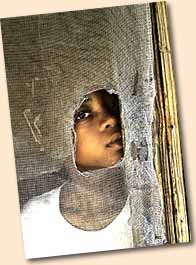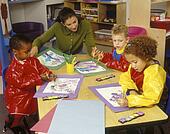 |
| Trust us we got you! |
The group that was the hardest for me to leave was the religious organization that I was a part of for five years. This group consumed my life; I lived and breathed this organization. I was there for the forming stage of this group, and went through the storming stage as we began experiences, individual and group conflicts, while setting rules and regulations. As we established the agreed norms that governed our organization, I settled into what I felt was a comfortable fit with a group of people whom I considered my equals both religiously and socially.
We accomplished tasks that some recognized as impossible. First we established a not-for- profit organization, formulated and established a food co-op, and involved the entire community in the venture. Together we formed a cooperative Sunday religious class for the adults and children including an informal childcare setting for parents who had to bring their children to class.
The organization was going well until the leadership changed. This person did not have a clue as to how to lead a group, she had a bullying leadership persona. She had to have the last word,oftenf in fac,t the only word. The group adjourned shortly after her appointment.
I was saddened by the dismantling of our group, and I have never had the opportunity again to be a part of such a dynamic group of people. The religious organization that we represented was also saddened and as a result of our dismantling, lost many services and funding. As individuals we are contacted periodically hoping that the Phoenix will rise again, but it has not happened as of yet.
I think the groups with the clearest norms are the hardest to leave. For me I understood the direction we were moving in, and the goals that were needed for the participants and the community. The closing of this group was devastating to me due to the lack of a closing ritual.
I am not sure how I will adjourn my relationships with my Walden University colleagues. I imagine that I will keep a long distance writing relationship with most of my colleagues at Walden University. It is difficult to fathom not communicating weekly as I do now. However I will give my email to everyone and ask the same of my colleagues. Adjourning is an important part of life. When proper adjournment is not preformed it leaves an incomplete feeling. Proper closure is important and necessary for many aspects of life.
















